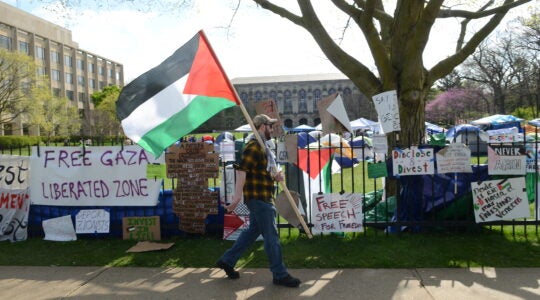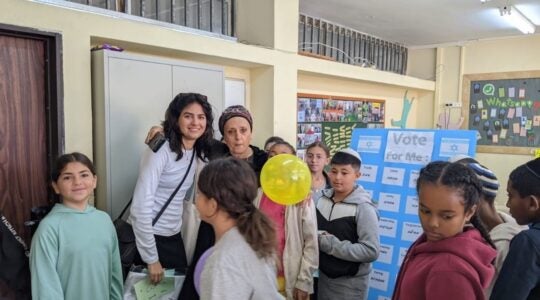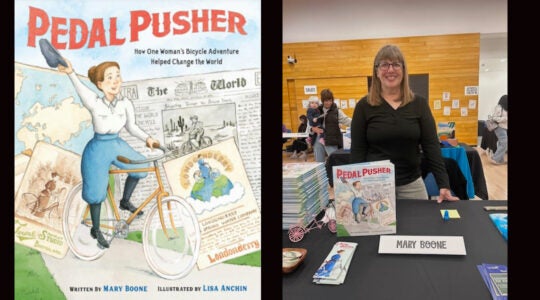A couple of years ago I wrote about the rebirth of BBYO, the century-old, nondenominational teen youth group that after years of decline picked itself out of the nonprofit ashes and revamped its organizational structure and product.
So it’s not a surprise that as the nonprofit world now tries to figure out how to keep itself away from the sacrificial altar, BBYO is working on a new strategy and again is revamping how it raises money.
Approximately $7 million raised by the organization for its $16 million systemwide budget traditionally comes from philanthropists who give to the national organization, which then redistributes the money to its 40 regional chapters. The rest of the budget comes from contributions by local Jewish federations to the regional chapters in their catchment areas, as well as dues and fees for services that BBYO members pay.
Now the organization is trying to get its regional chapters to raise private money for their own budgets.
BBYO is working with 20 regional chapters to set up local friends of BBYO networks and alumni networks to help infuse the regions with cash. Last year the organization worked with several regional chapters and raised $250,000 that stayed local. This year BBYO wants to raise another $400,000. Next year it aims to bring the rest of its regional chapters on board, according to BBYO executive director Matt Grossman.
“The key concept is that we are going very grass roots,” Grossman told the Fundermentalist. “Most BBYO programs don’t need to raise more than $50,000 or $100,000, depending on their federation allocation. We don’t need a lot of million-dollar gifts on the local level. We need a lot of people giving reasonable amounts.”
The organization is building a database of the hundreds of thousands of BBYO alumni that it hopes to reach out to on the local level, Grossman said. The national office has prepared marketing materials and a Web site with resources to help local BBYO supporters organize fund-raising efforts. And BBYO is suggesting that local chapters look at how they can incorporate adults and potential funders in the group’s activities.
For instance, Grossman said, if a chapter has a Shabbat retreat for the teens, perhaps it could invite adults for the closing Havdalah service and then have a separate cocktail hour for them.
“That way they can touch it, feel it and see it,” Grossman said.
The concept is that funders might be willing to give money to an organization that they know will have an effect right in their own communities, he said.
“Someone might give $25 if they are asked to give to a national campaign," Grossman said, "but they could give $250 if they know the money is staying in their own community.”
BBYO will continue to raise money nationally, but it hopes that its growth per region can be paid for by local, smaller funders.
(We’d like to make this a space for a free excahnge of ideas about how to work better during the recession. If your organization or foundation is doing something different now, let me know… I’d love to write about it. Either shoot me an email at jberkman at jta.org or send me a direct message at http://twitter.com/fundermentalist )
JTA has documented Jewish history in real-time for over a century. Keep our journalism strong by joining us in supporting independent, award-winning reporting.





